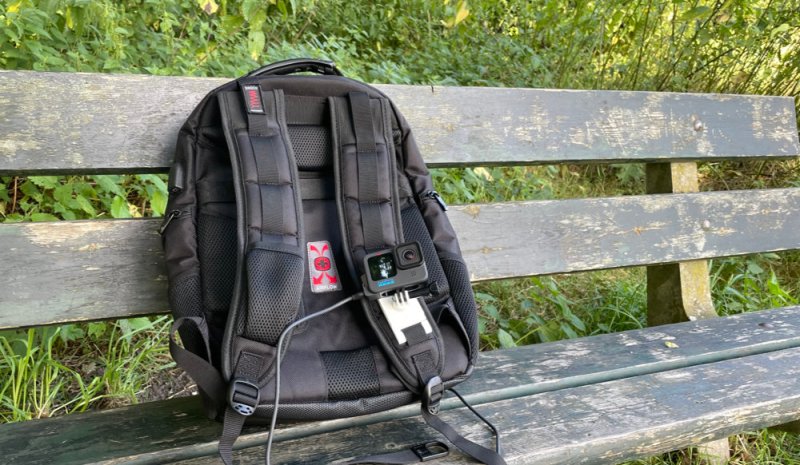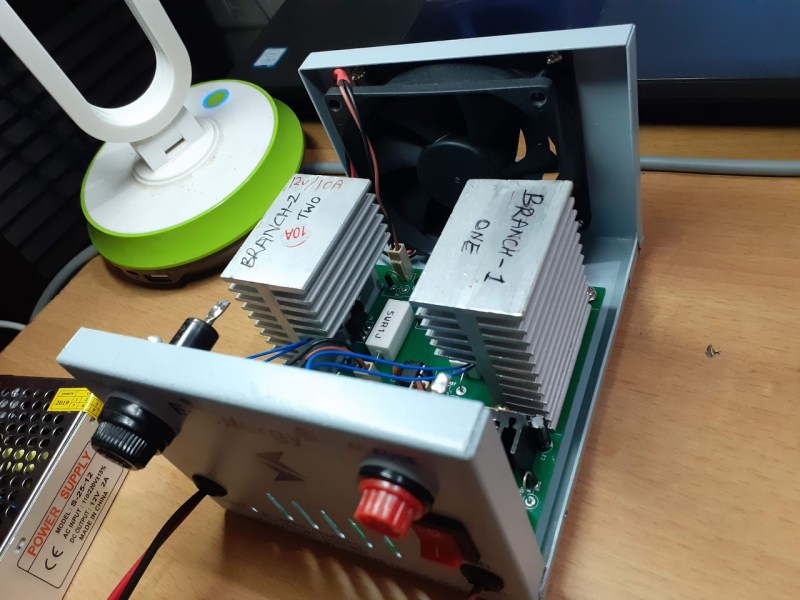Livestreaming Backpack Takes Streaming On-The-Go

Anyone who’s anyone on the internet these days occasionally streams content online. Whether that’s the occasional livestream on YouTube or an every day video game session on Twitch, it’s definitely …read more Continue reading Livestreaming Backpack Takes Streaming On-The-Go
